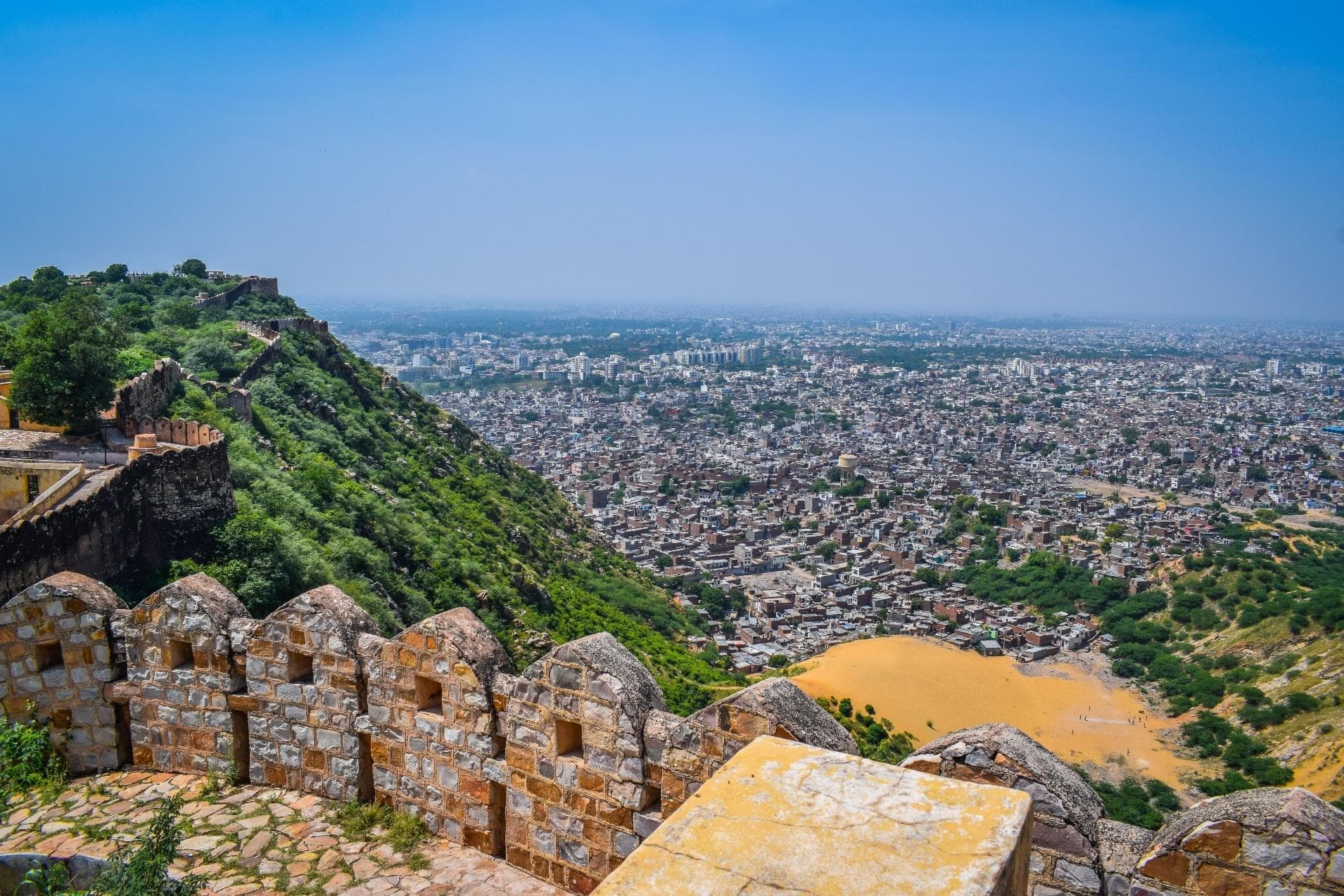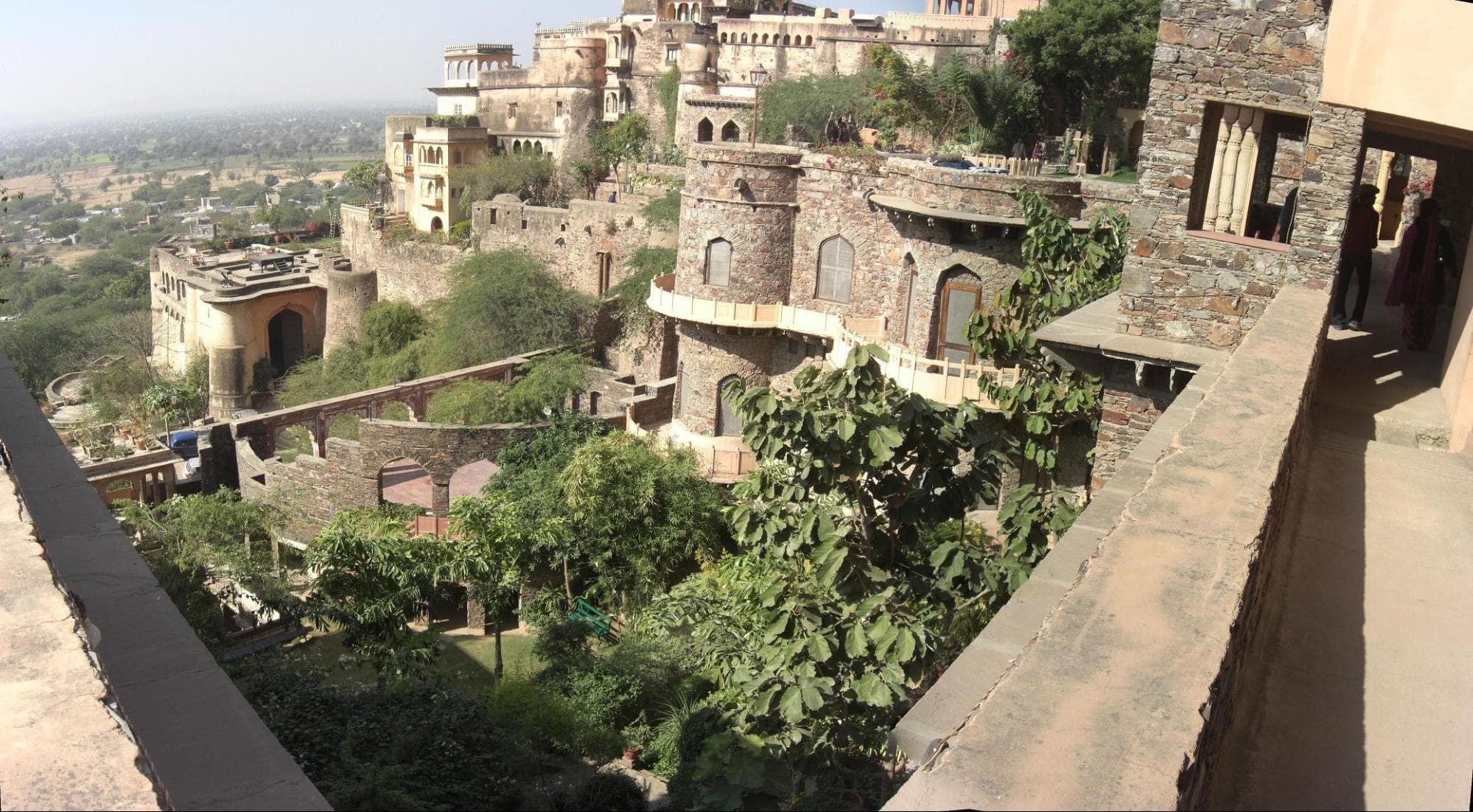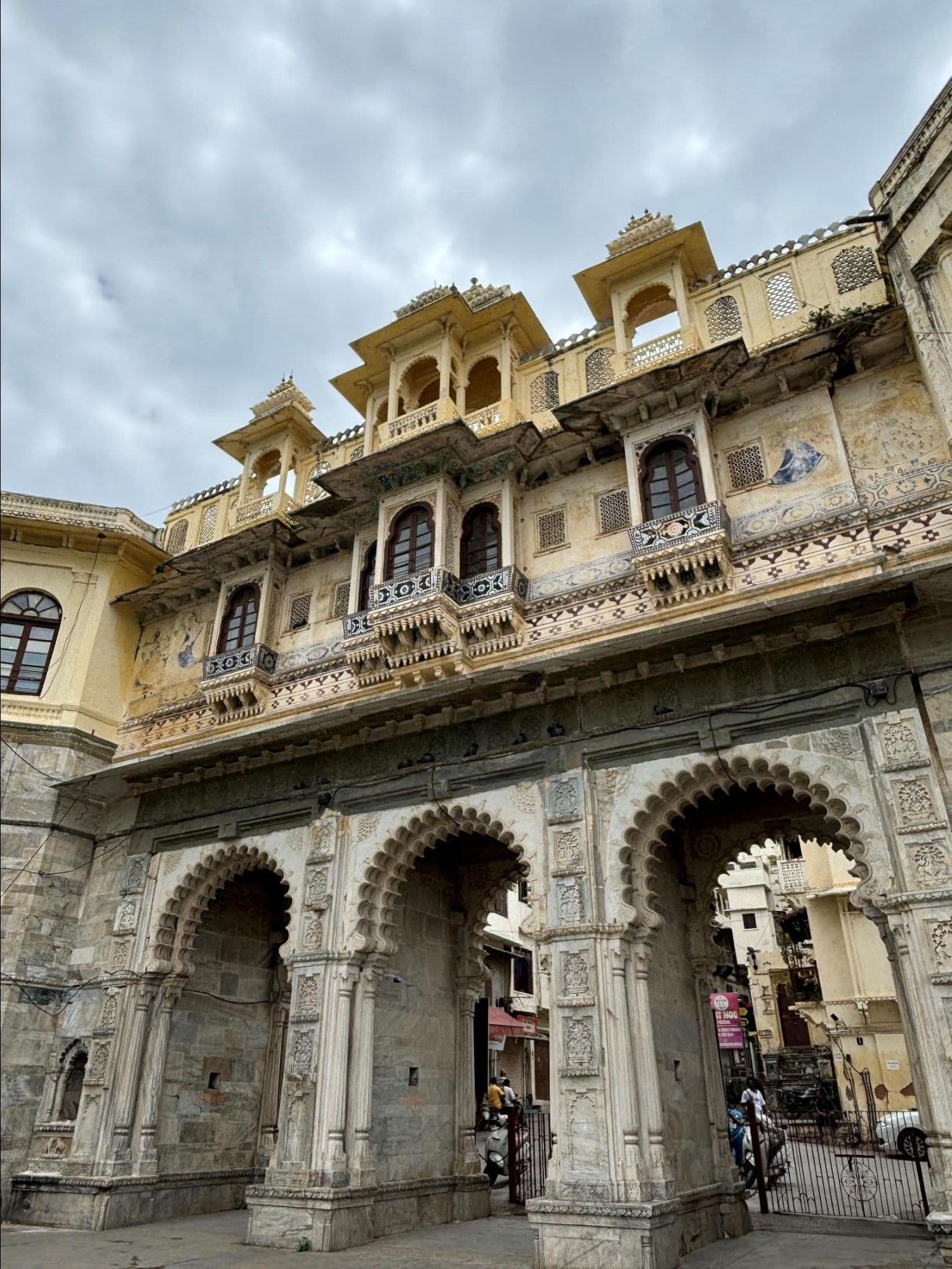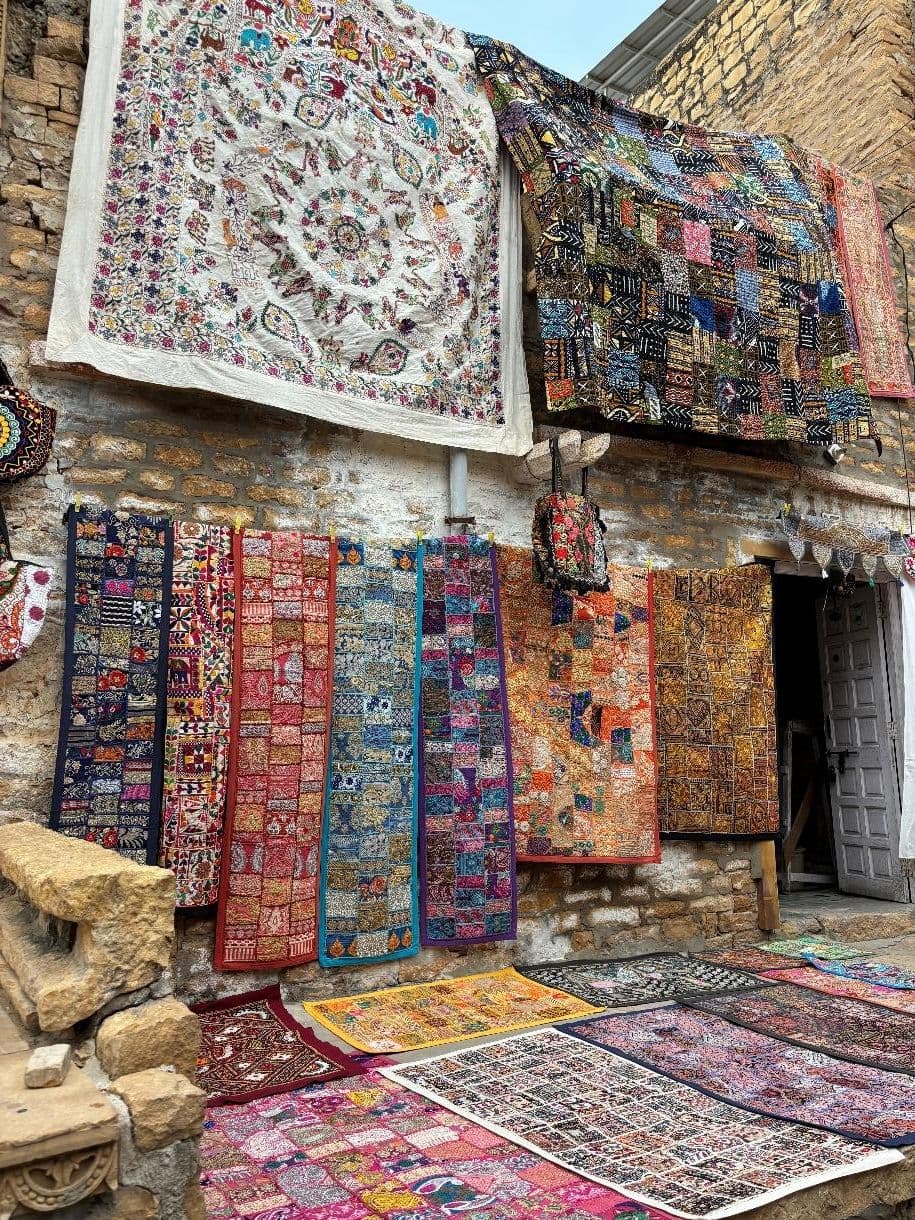The Great Indian Desert covers more than 60% of the state of Rajasthan. Despite being at the mercy of one of the world’s largest subtropical deserts[1], this state boomed from the 6th to the 19th century. Faced with minimal rainfall, temperatures ranging from 32°F(0°C) to 122°F(50°C), and sandstorms galore[2], ancient architects emerged with accompaniments to nature’s turbulent ensemble.
Leveraging the Lay of the Land

Creating an oasis in the desert is no easy feat. Especially during a time where it’s either conquer or be conquered. So, to protect and prosper, Rajasthani rulers opted to build their forts with the state’s natural defenses in mind: Hills, rivers, and dense forests[3]. Many of these forts were also designed to home in on the most sacred of necessities: water. Every drop mattered. Forts were built with catchment slopes, porous materials, and cisterns, all in service of water[4].
Devotion through Preservation

At the Fort of the Hooded Cobra, a variety of water collection systems were carefully orchestrated into a sequence of recycling. This granted the desert outpost lush gardens and a plethora of fountains. With water’s capabilities, even the most modest of forts contained multiple palaces[5]. Floor channels carried water to regulate temperature and humidity. Artisans even fashioned fish-scale textures allowing the trickling water to sing a soft melody. The Mehrangarh Fort in Jodhpur is perched on a cliff and uses a network of rainwater harvesting systems that once sustained entire communities. The Gadisar Lake near Jaisalmer Fort was not just a reservoir—it was a living cultural site, surrounded by temples, ghats (land and foot access to bodies of water), and chattris (pavilions)[6].
Crafting Comfort Amidst Survival

Sandstone, limestone, and marble were the most used materials used to construct each fortress. Each having properties that allowed for cooling, insulating, and weather resistance[7]. Rooftop wind towers redirect cooling air currents through the interior using wall pockets that would sometime be adorned with fragrant grasses and herbs[8]. Central courtyards open to the sky facilitated air circulation and served as a cooling feature in homes and palaces. Small windows, often adorned with decorative stone screens known as jharokhas, minimize the entry of dust and intense sunlight while allowing ventilation[9].
Specialized Design and Defense

Many of these forts also have their own curiosities to uncover. Patterns with seven gates, often including one facing the rays of the rising sun. Large metal spikes surrounding the perimeter to deter elephant charges. Inside, labyrinthian layouts were designed to confuse potential intruders and mirrored surfaces were prevalent to enhance security. Some forts even used metal rods embedded within the stone blocks to provide stability and prevent lightning damage[10]. Each fort showcases a piece of ancient ingenuity. Some built high walls and narrow lanes to shield against heat, guide desert winds, and retain cool air. Others took advantage of a locally abundant yellow sandstone, which could absorb sunlight during the day and gently release it at night. These forts were built intentionally. Not only for survival’s sake, but for the sake of the people.
Tending to Prosperity

These fortresses fostered pleasant environments that allowed the walls within to hum with life, traditions, and artistry. Folk music filled the background. Women embroidered and sang on rooftops. Craft guilds blossomed as trade prospered within the safety of the fortresses[11]. Centuries of festivals are embedded within the walls of these forts and are still celebrated to this day because of the roots of Rajasthan. Where sustainable design is an alignment with purpose, duty, and the natural order of the world, or what we call, dharma.
Footnotes
- Largest Desert in India | Great Indian Desert Details↩
- How Rajasthan’s Climate Influences Its Traditional Architecture - Weather Com↩
- Hill Forts of Rajasthan - UNESCO World Heritage Centre↩
- Rajasthan’s Desert Forts: Sustainability in Harsh Terrains - Curriculture↩
- A Guide to Rajasthan’s Most Epic and Historic Forts - Lions in the Piazza↩
- A Guide to Rajasthan’s Most Epic and Historic Forts - Lions in the Piazza↩
- How Rajasthan’s Climate Influences Its Traditional Architecture - Weather Com↩
- A Guide to Rajasthan’s Most Epic and Historic Forts - Lions in the Piazza↩
- How Rajasthan’s Climate Influences Its Traditional Architecture - Weather Com↩
- A Guide to Rajasthan’s Most Epic and Historic Forts - Lions in the Piazza↩
- Rajasthan’s Desert Forts: Sustainability in Harsh Terrains - Curriculture↩